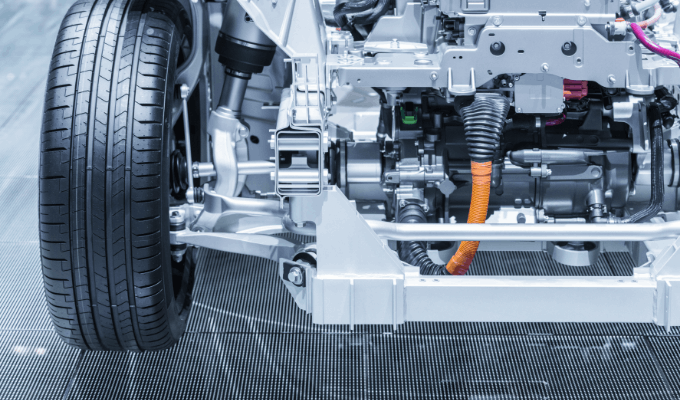HEVs, MHEVs, PHEVs and BEVs Explained: What’s the Difference?

Ireland’s move away from combustion engines toward electrified transport is picking up speed, but with so many options on the market it can be tricky to know which one is right for you. Not everyone is ready to make the leap to a full battery electric vehicle (BEV), so it’s worth understanding the differences between hybrid electric vehicles (HEVs), mild hybrids (MHEVs), plug-in hybrids (PHEVs) and BEVs to help find the best fit for your lifestyle.
HEV (Hybrid Electric Vehicle)
HEVs, such as the Toyota Prius or Corolla Hybrid, have been around for decades and are still hugely popular in Ireland. They combine a petrol (or diesel) engine with an electric motor and a medium-sized battery. While they can travel short distances at low speeds on electricity, they mainly blend both power sources automatically. Importantly, HEVs never need to be plugged in, the battery recharges itself through regenerative braking and energy recovery while driving.
MHEV (Mild Hybrid Electric Vehicle)
Mild hybrids are the simplest form of electrification and are now common across brands like Ford, Audi and Suzuki. Using a small 48-volt battery and starter-generator, MHEVs can’t drive on electricity alone. Instead, the system reduces engine load, powers things like air conditioning, and allows smoother stop/start operation. They deliver modest fuel savings, lower CO₂ emissions and a bump in efficiency, but are still essentially petrol or diesel cars with a little electrical support.
PHEV (Plug-in Hybrid Electric Vehicle)
Plug-in hybrids bridge the gap between hybrids and full EVs. With a larger battery (typically 10–20 kWh) that can be charged from the mains, PHEVs offer a genuine electric-only range of 50–100 km, enough to cover most daily Irish commutes. When the battery runs low, the petrol or diesel engine takes over, making long trips hassle-free. To get the most out of a PHEV, it’s important to plug in regularly; otherwise, you’re carrying extra battery weight without the efficiency benefits. Popular PHEVs in Ireland include the Hyundai Tucson, Kia Sportage, BMW 330e and Volvo XC60 Recharge.
BEV (Battery Electric Vehicle)
BEVs run entirely on electricity, with no combustion engine at all. Power comes from one or more electric motors fed by a large lithium-ion battery, usually mounted in the floor. Driving range varies widely, from around 300 km in smaller cars like the Peugeot e-208, to over 600 km in larger models such as the Tesla Model Y Long Range or Hyundai Ioniq 6. Charging can take as little as 20 minutes at a high-powered public charger, or between 6–12 hours on a home wallbox, depending on battery size and speed. BEVs are the fastest-growing segment in Ireland, with favourites like the Tesla Model 3 and Y, VW ID range, Hyundai Kona, Kia EV6 and the MG4 leading the charge.
The Bottom Line
The best choice, HEV, MHEV, PHEV or BEV, depends on your driving habits, charging access and budget. For city drivers, a PHEV or BEV often makes the most sense, while those covering long distances without charging access may lean towards HEVs or MHEVs. With Ireland aiming to end sales of new petrol and diesel cars by 2030, BEVs are clearly the long-term solution, but hybrids remain an important stepping stone for many drivers today.
On the lookout for your next car? Discover everything you need to know to make a seamless transition to electric on Nevo.ie, Ireland’s only dedicated electric vehicle platform